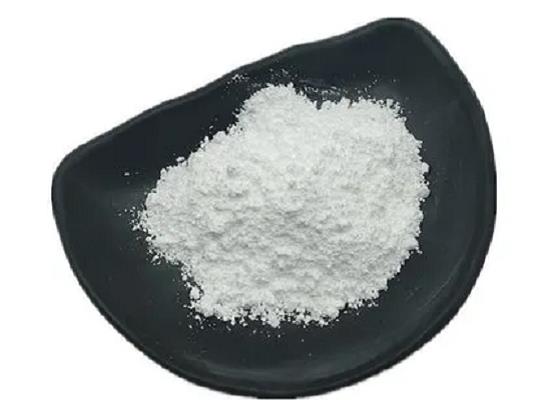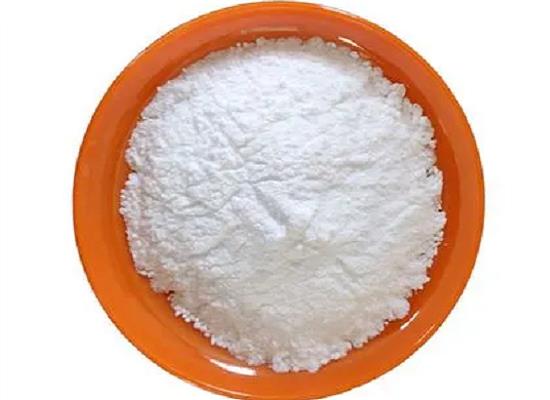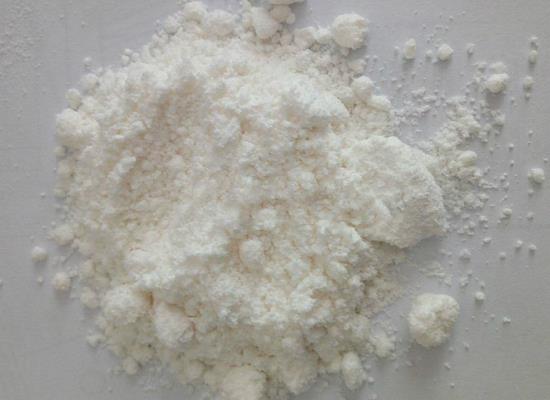Active Pharmaceutical Ingredients (API), popularly speaking, are the raw materials of medicines, only pharmaceutical raw materials are processed into pharmaceutical preparations , can they become medicines available for clinical use, so drugs we usually eat are the finished drugs through processing. Active Pharmaceutical Ingredients based on its sources can be divided into two major categories ,including chemical synthetic drugs and natural chemical drugs. Chemical synthetic drugs can be divided into organic synthetic drugs and inorganic synthetic drugs. Inorganic synthetic drugs are inorganic compounds ( very few is element), such as aluminum hydroxide, magnesium trisilicate which are used for the treatment of gastric and duodenal ulcers ; organic synthetic drugs are mainly composed of drugs made by basic organic chemical raw materials, through a series of organic chemical reactions (such as aspirin, chloramphenicol, caffeine, etc.). Natural chemical drugs ,based on its sources,can be divided into two categories including biochemical drugs and plant chemical drugs. Antibiotics are generally made by the microbial fermentation, which belongs to the biochemistry category. A variety of semi-synthetic antibiotics occurs in recent years,which are biosynthesis and chemical synthesis combining products.Among active Pharmaceutical Ingredients, the organic synthetic drugs varieties, yields and values have the largest proportion,which are the main pillars of the chemical and pharmaceutical industries. The quality of active Pharmaceutical Ingredients decides whether the formulation is good or bad , so its quality standards are very strict ,countries in the world have developed national pharmacopoeia standards and strict quality control methods for its widely used active Pharmaceutical ingredients.
Methyl 5-chloro-6-methylpyrazine-2-carboxylate: properties, synthesis and safety
Methyl 5-chloro-6-methylpyrazine-2-carboxylate shows potential as an immunomodulator for diseases like cancer, but safety measures are essential when handling.
Dec 14,2023 API2,2'-Bipyridyl-5,5'-dialdehyde: properties, synthesis and safety
2,2'-Bipyridyl-5,5'-dialdehyde is a versatile compound used in catalysis, and materials science due to its unique properties. Proper handling is required due to its irritant classification.
Dec 14,2023 API3-Hydroxypyrazine-2-carboxamide: activities, applications and safety
3-Hydroxypyrazine-2-carboxamide has potential as an anti-aging supplement, treatment for medical conditions, and antiviral agent, but caution is required due to side effects and irritant properties.
Dec 14,2023 API2-Phenyl-2-propyl benzodithioate: properties, synthesis and safety
Versatile 2-phenyl-2-propyl benzodithioate is a crucial chemical intermediate in controlled polymerization with unique properties and potential risks.
Dec 14,2023 APIWhat are the risks of trans-1,3-Dichloropropene to humans?
Trans-1,3-Dichloropropene is irritating to the skin, eyes and mucous membranes. When heated to decomposition, toxic fumes are released.
Dec 13,2023 API(S)-1-(2,6-Dichloro-3-fluorophenyl)ethanol: properties, synthesis and safety
(S)-1-(2,6-Dichloro-3-fluorophenyl)ethanol is a promising, but potentially hazardous compound for large-scale crizotinib production. Safety precautions are essential for its handling.
Dec 13,2023 API4,4-Difluoropiperidine hydrochloride: properties, applications and safety
4,4-Difluoropiperidine hydrochloride is a valuable compound with diverse applications in pharmaceuticals and chemicals, but requiring careful handling due to potential irritation risks.
Dec 13,2023 API1,4-Diaminobutane dihydrochloride: properties, applications and safety
1,4-Diaminobutane dihydrochloride is a versatile reagent in chemical reactions and cell culture media for stem cells. Use with caution due to toxicity and irritant properties.
Dec 13,2023 API4-Fluoro-2-Methoxy-5-nitroaniline: properties, applications and safety
4-Fluoro-2-Methoxy-5-nitroaniline is a valuable intermediate in organic synthesis and medicinal chemistry, with caution required due to its toxicity.
Dec 12,2023 API1-Methyl-aminomethyl naphthalene: properties, applications and safety
1-Methyl-aminomethyl naphthalene is a versatile compound with good solubility and thermal stability, but requires careful handling due to its toxicity.
Dec 12,2023 API












